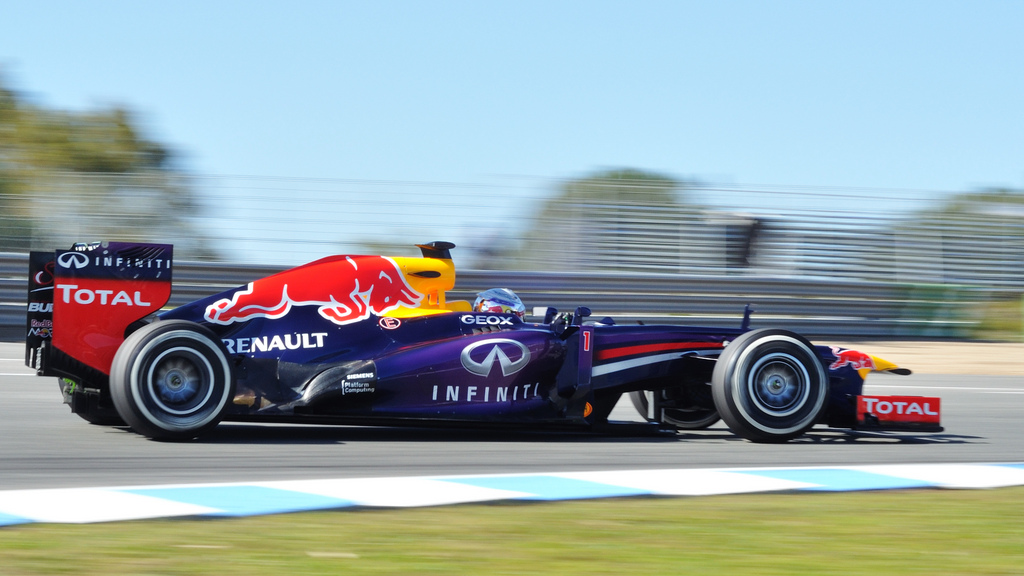F1 Racing Cars
These vehicles are the marvels of modern human ingenuity and what a machine can do. It is a perfect harmony between machine and man and we get surprised every year by the new model and by its new specifications.
However, the F1 racing cars are designed to be used only in specific circumstances, the technology will almost never be available to the large public. However, we can learn a lot from these machine marvels and hope that one day the technology used can be used in other aspects as well.
They were Built to Over Exceed
The cars are built so that they can overachieve and that the drivers can make the maximum happen when in a race. But unfortunately, not everything ends well when trying out new components, even though it is expected that almost every new method will be an improvement, there are cases when older versions were a better choice.
The Roar of the Engine
The F1 engines are one of the most intricate engines ever built. They make over 18000 revolutions per minute, meaning that it at least has 3 times more rev power than a normal car. Moreover, the engine can only be used when hot, which in turns mean that warm oil and water is needed to be pumped to just get the engine started.
Moreover, there are nearly 150 sensors which feed around 25GBs of data to the engineers back at the pits. All happening while the race is in full motion.
The Shifty Gearbox
Take your regular gearbox and multiply the parts by roughly a 1000 and that is approximately how many parts it takes to build a F1 gearbox. Drivers will shift around 3000 times during a race, and the gearbox shifts faster than you can blink.
The Magical Steering Wheel
If you thought that a steering wheel with 2 or 3 extra buttons was a nightmare, imagine having at least 20 different buttons and nobs to adjust your car for the perfect speed, setting and gearbox ratio. All that at the humble steering wheel that the drivers need to know how to operate and make split-second decisions while going so fast that only a slight wrong turn could mean permanent finish for them.
Tyres
The first interesting fact about F1 tyres is that instead of air, nitrogen is used to inflate them, which reduces drastically how much water vapor could be formed around and in the tyres; the vapor could seriously endanger driver lives.
Moreover, the tyres are designed to only last around 100km and all four tyres could be replaced in under 4 seconds.
Another interesting fact, Pirelli has announced and promoted the 18 inch tyres since they became the official tyre supplier in 2010, in order to make a closer link between competition tyres and 18 inch road car tyres.
Unbelievable Temperatures
The temperatures in paly are ridiculously high and would melt the parts in regular cars. For example, the carbon brakes need to operate at 500 degrees Celsius to function effectively, and they can reach 1000 degrees Celsius during a race.
The oil in the car can heat up to 150 degrees Celsius, making the gearbox function properly.

